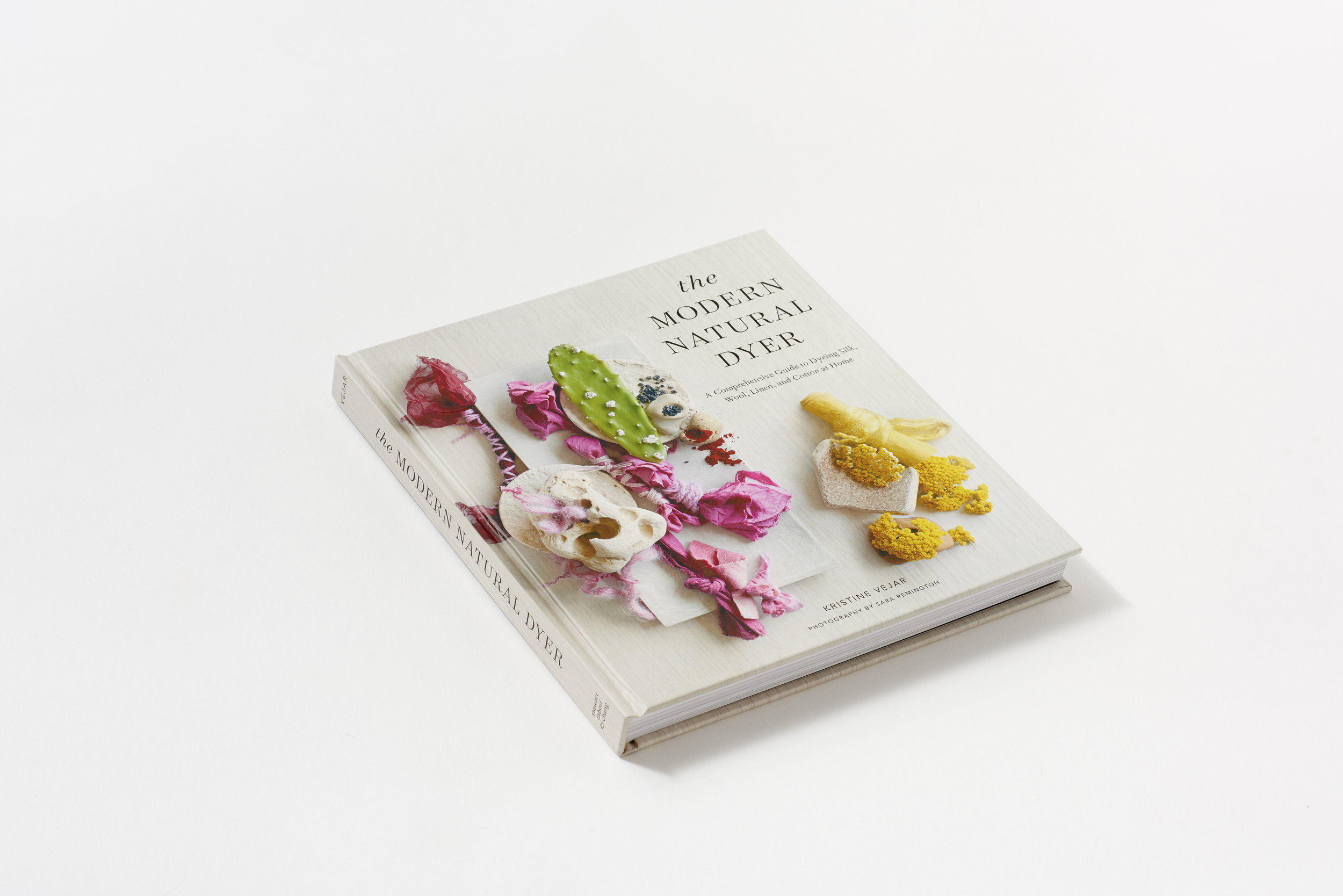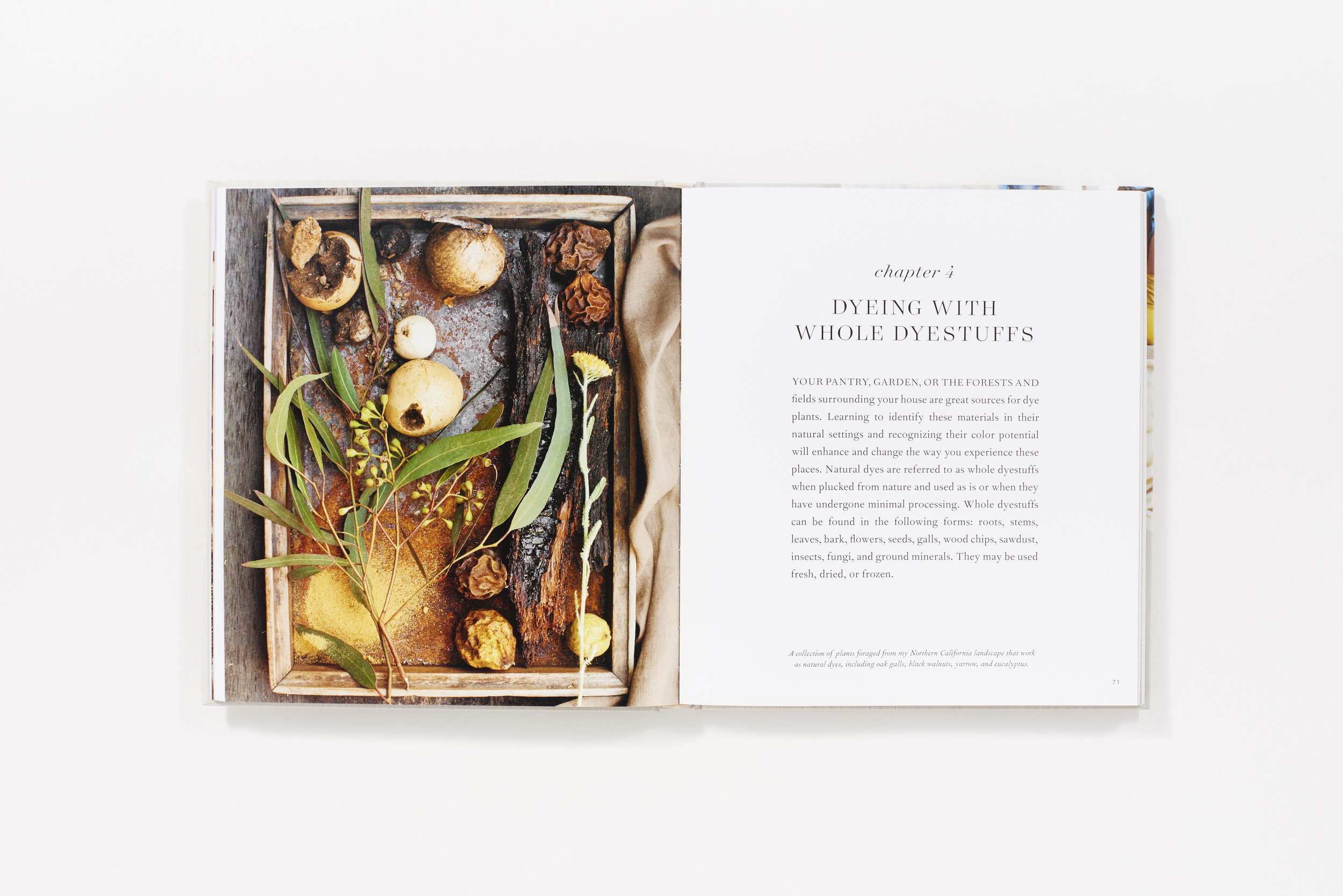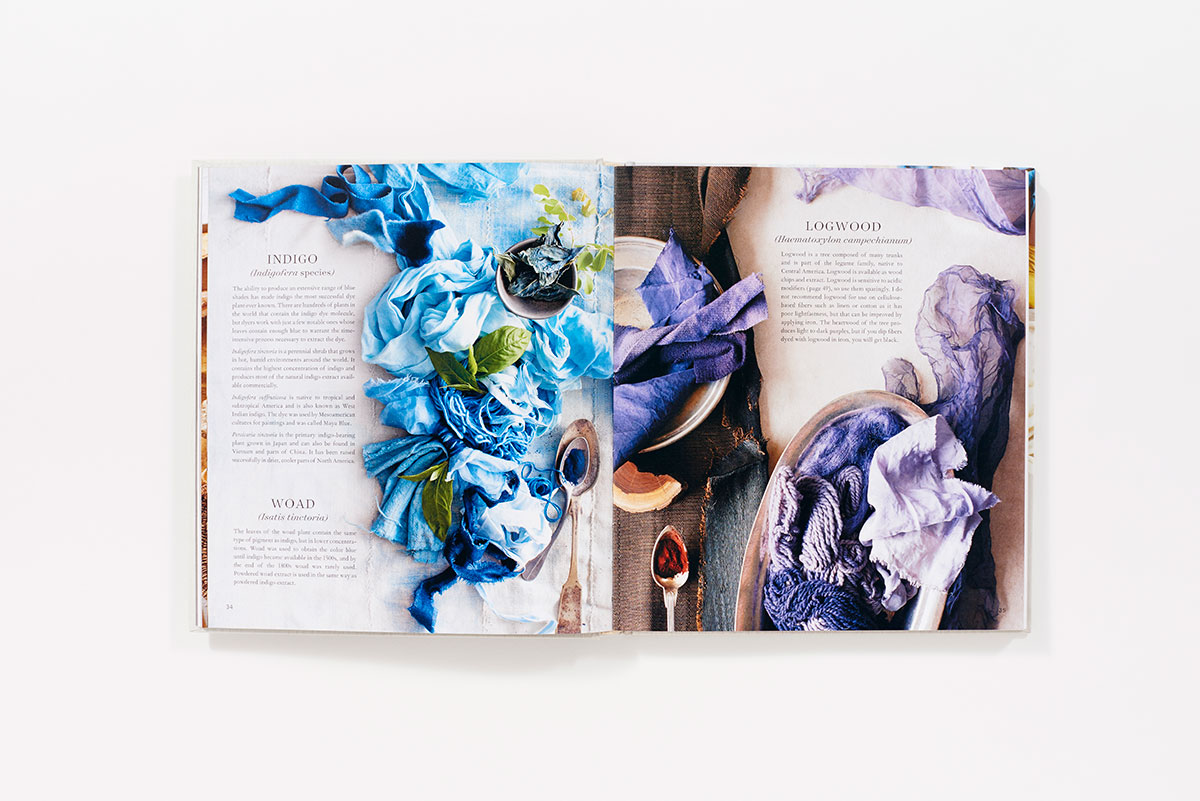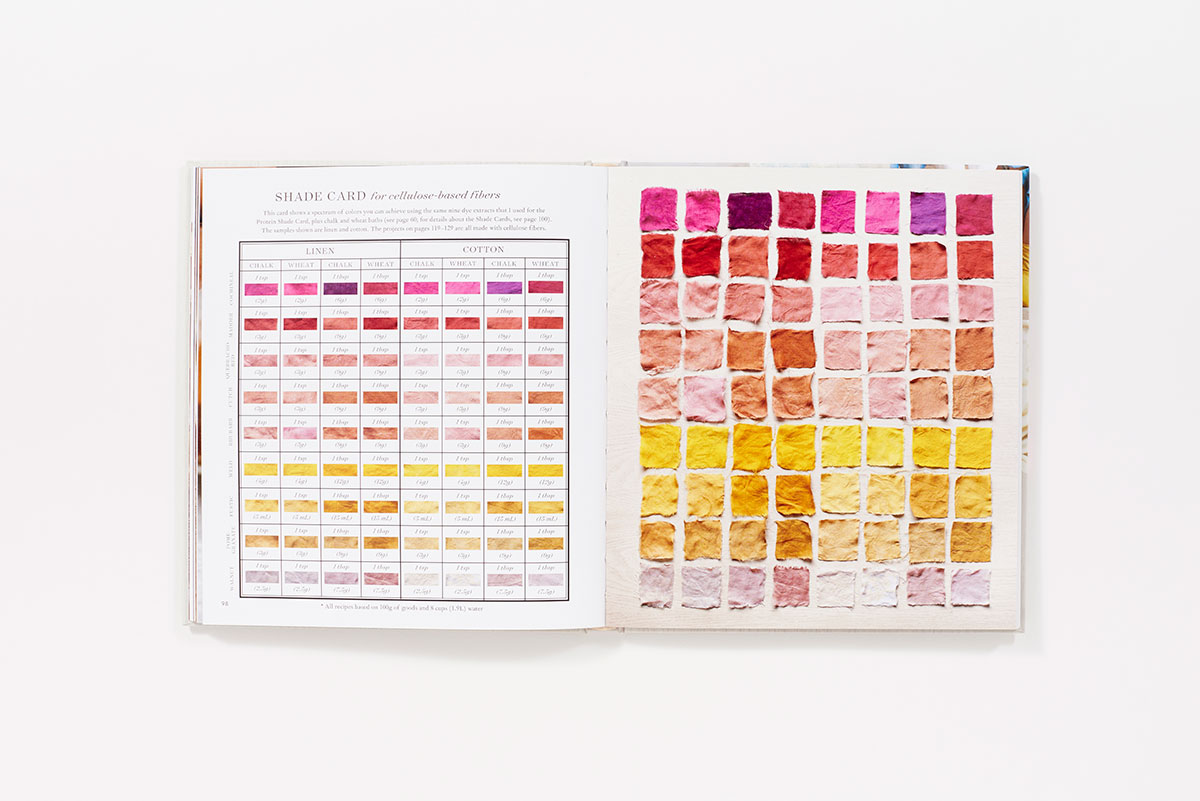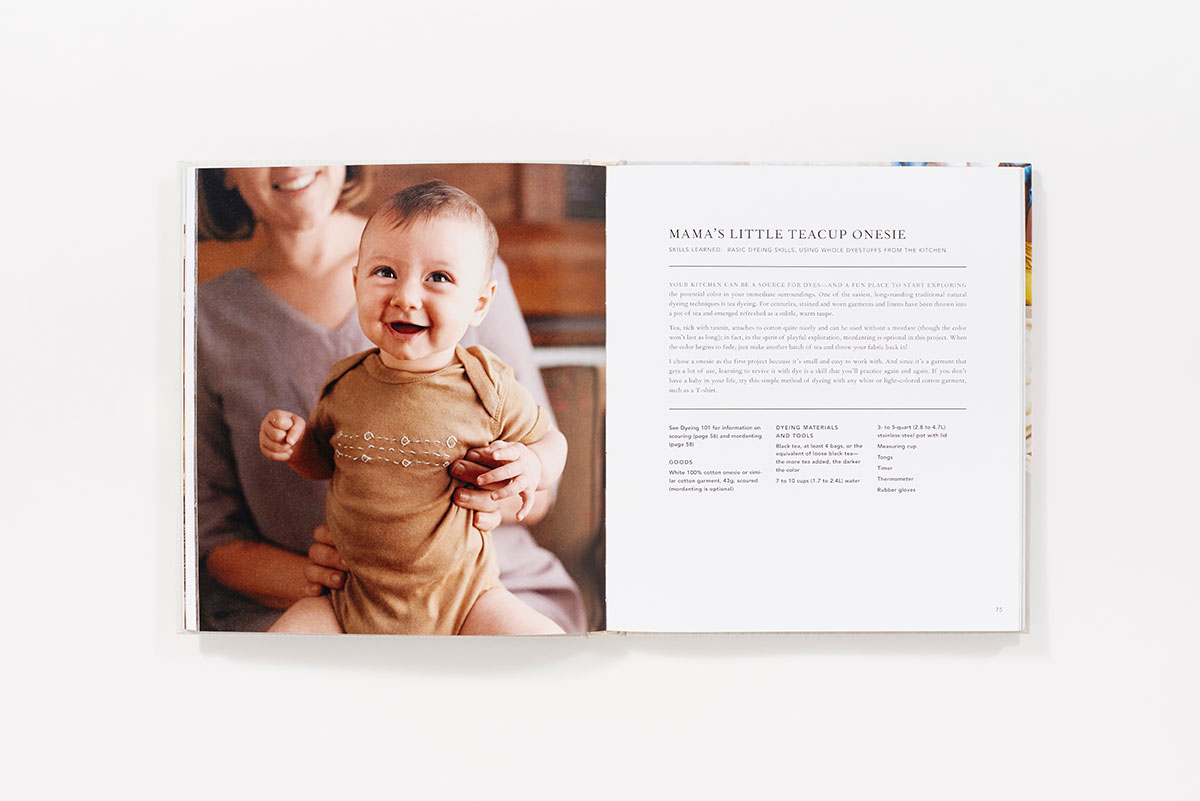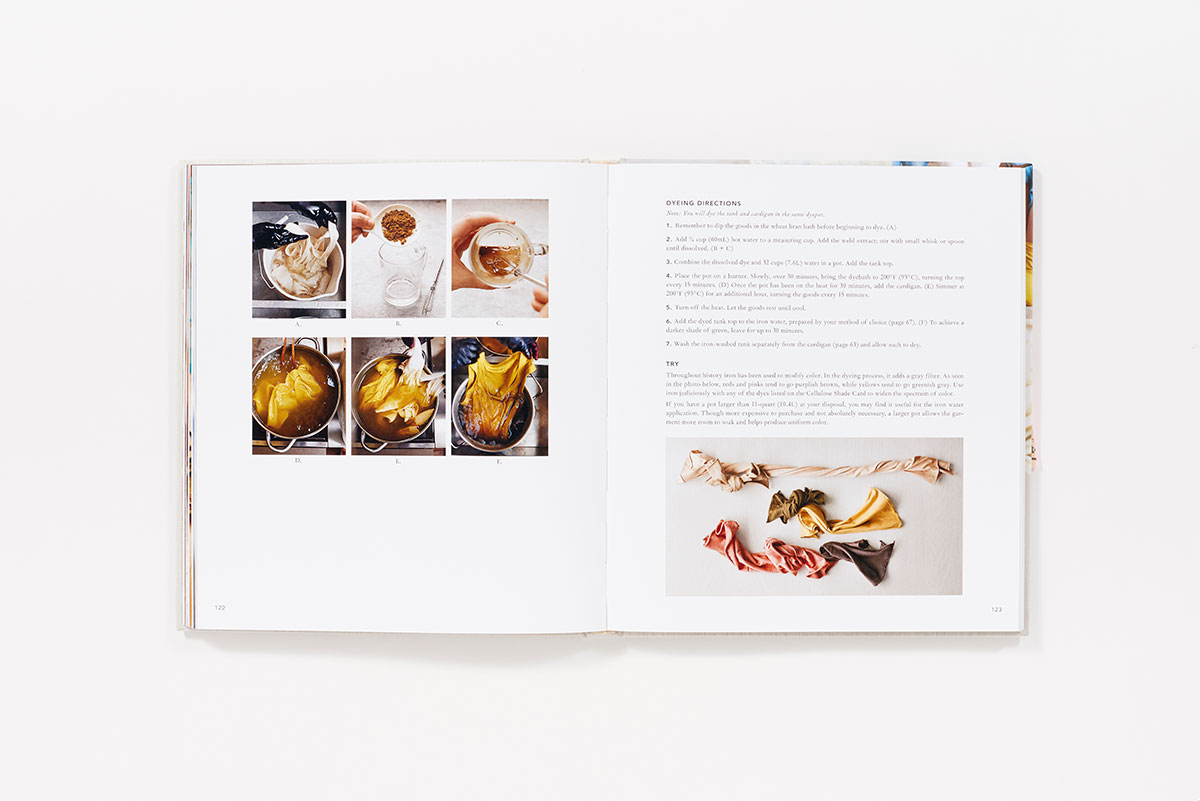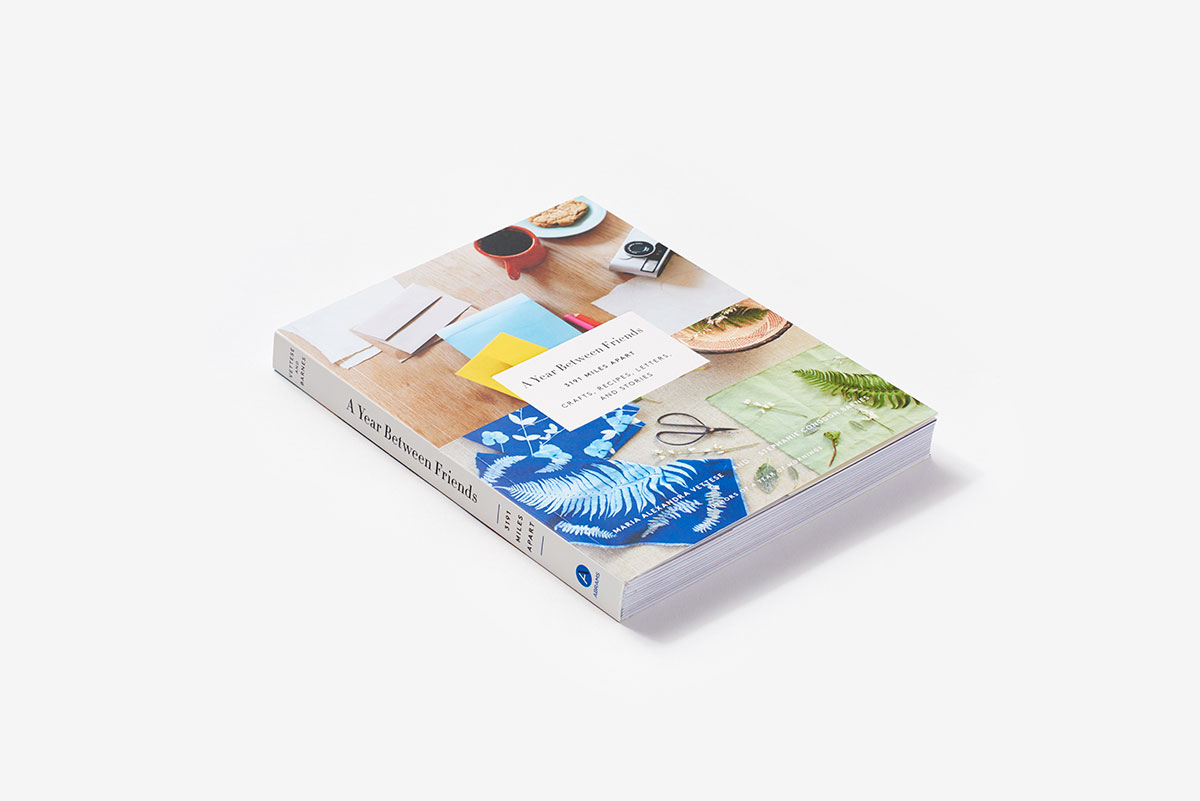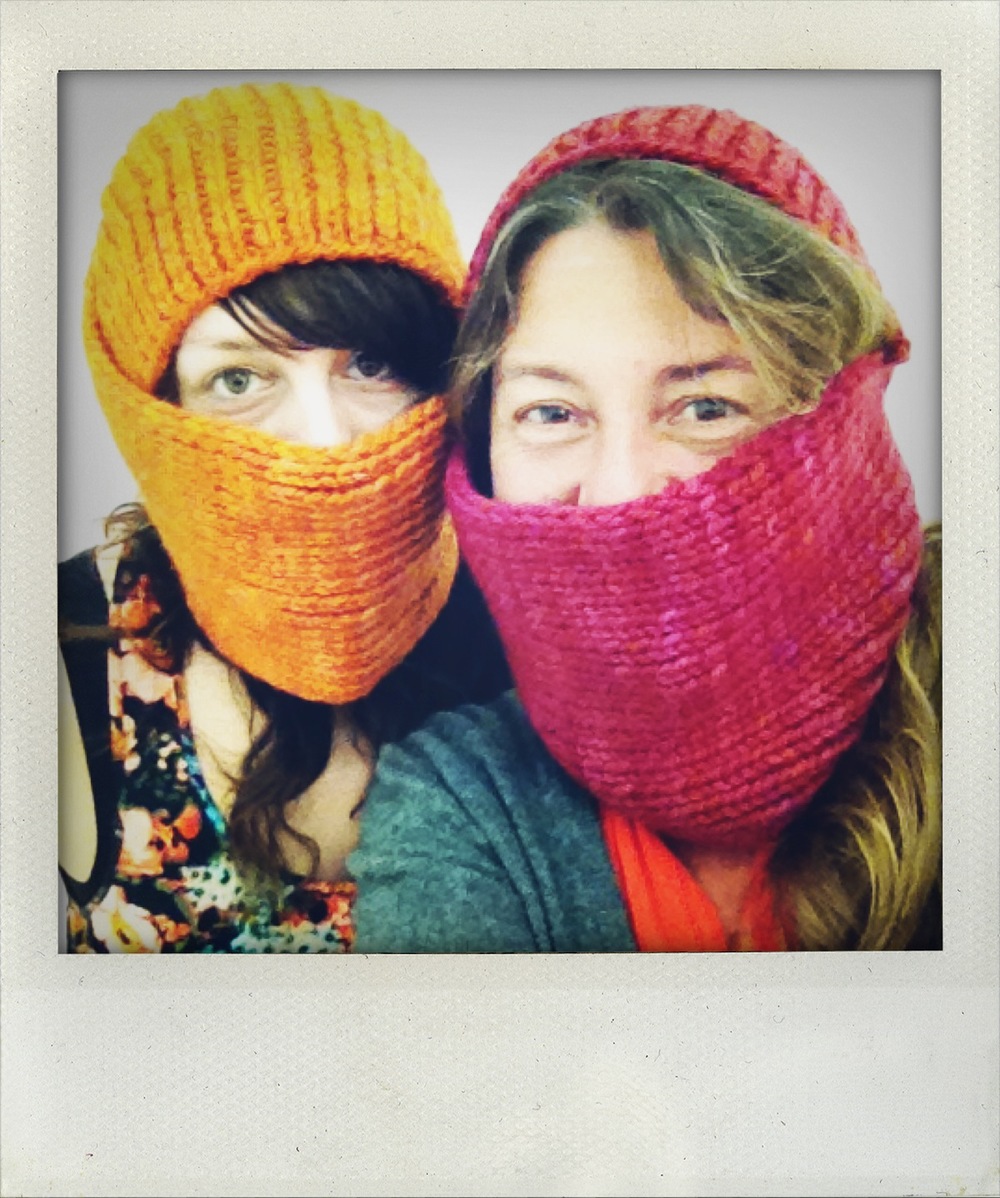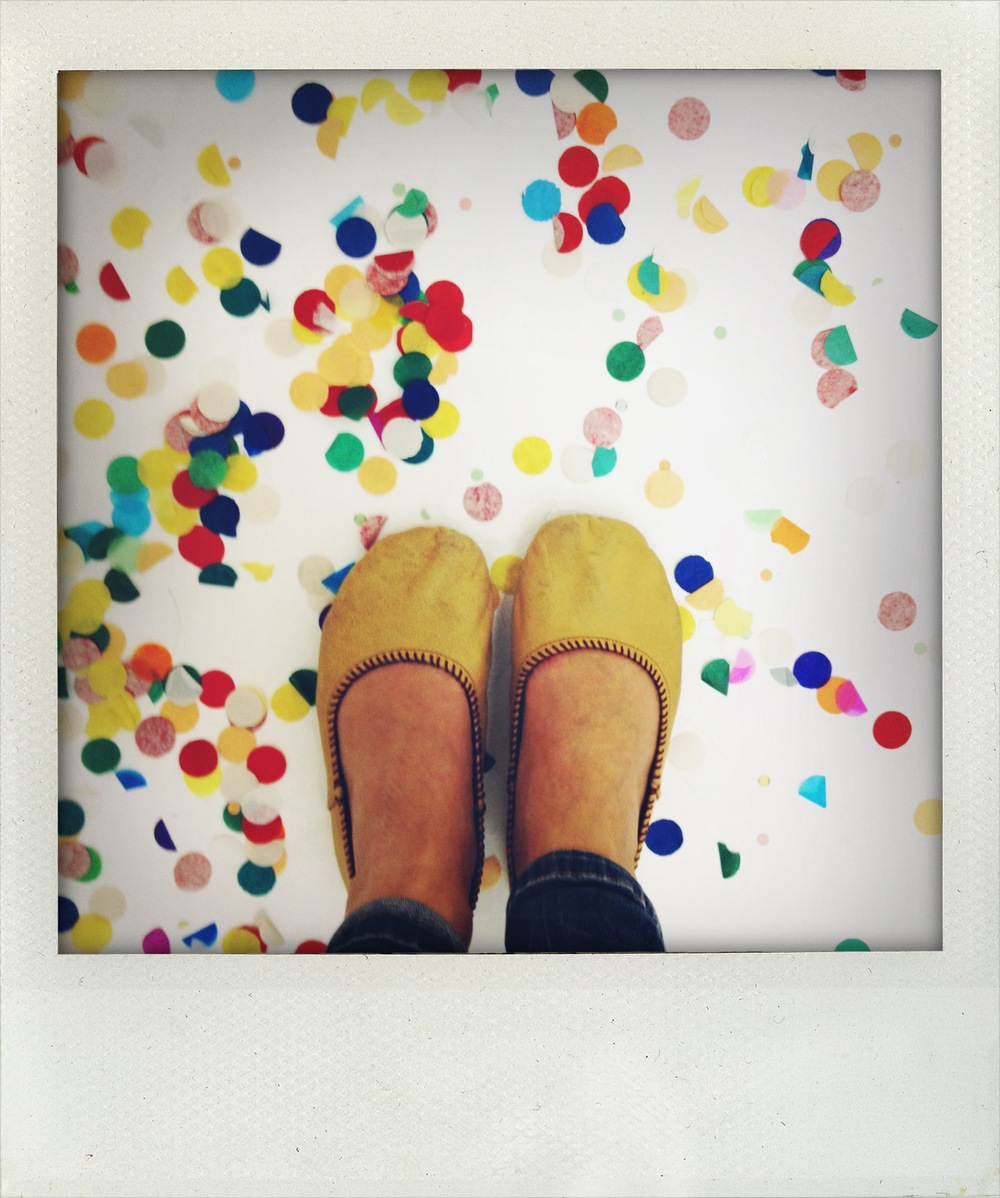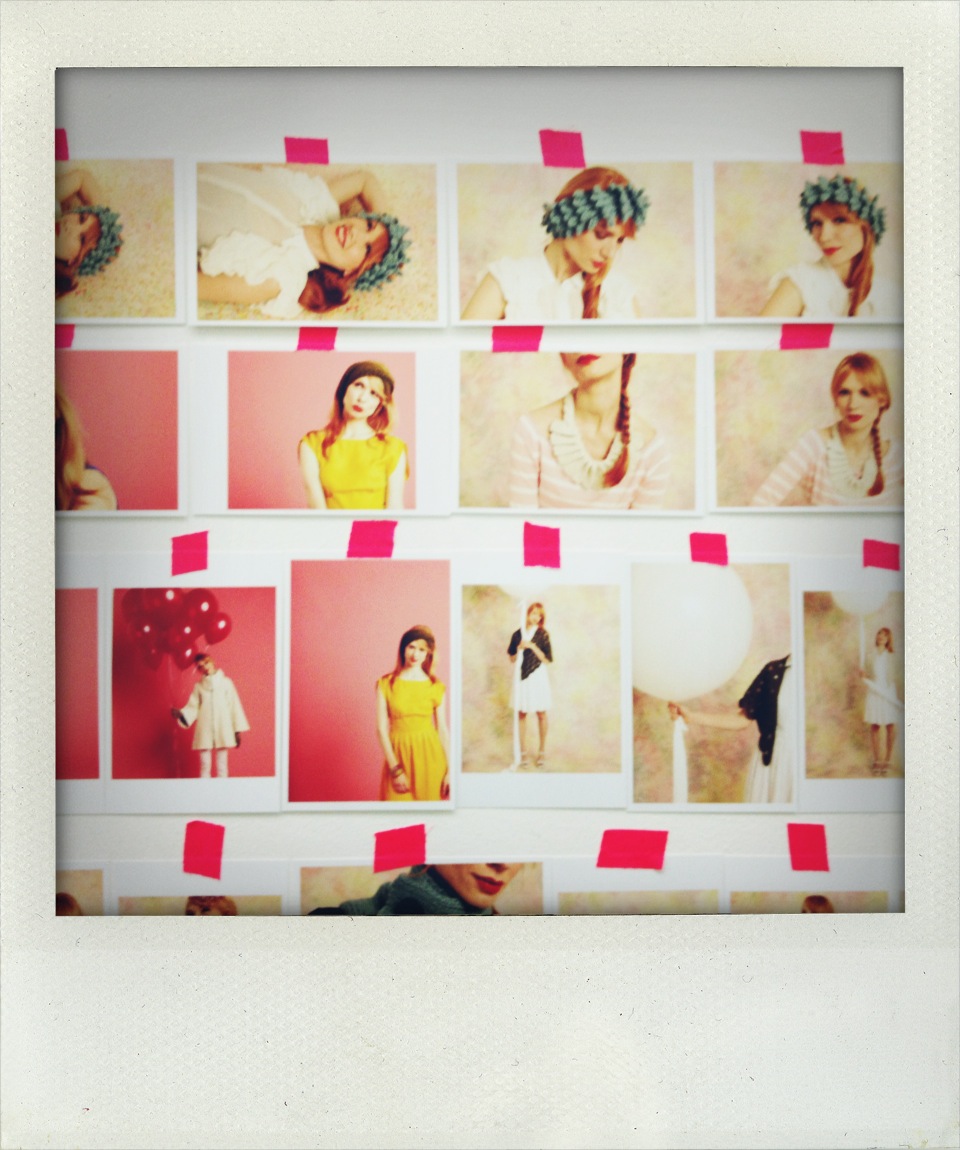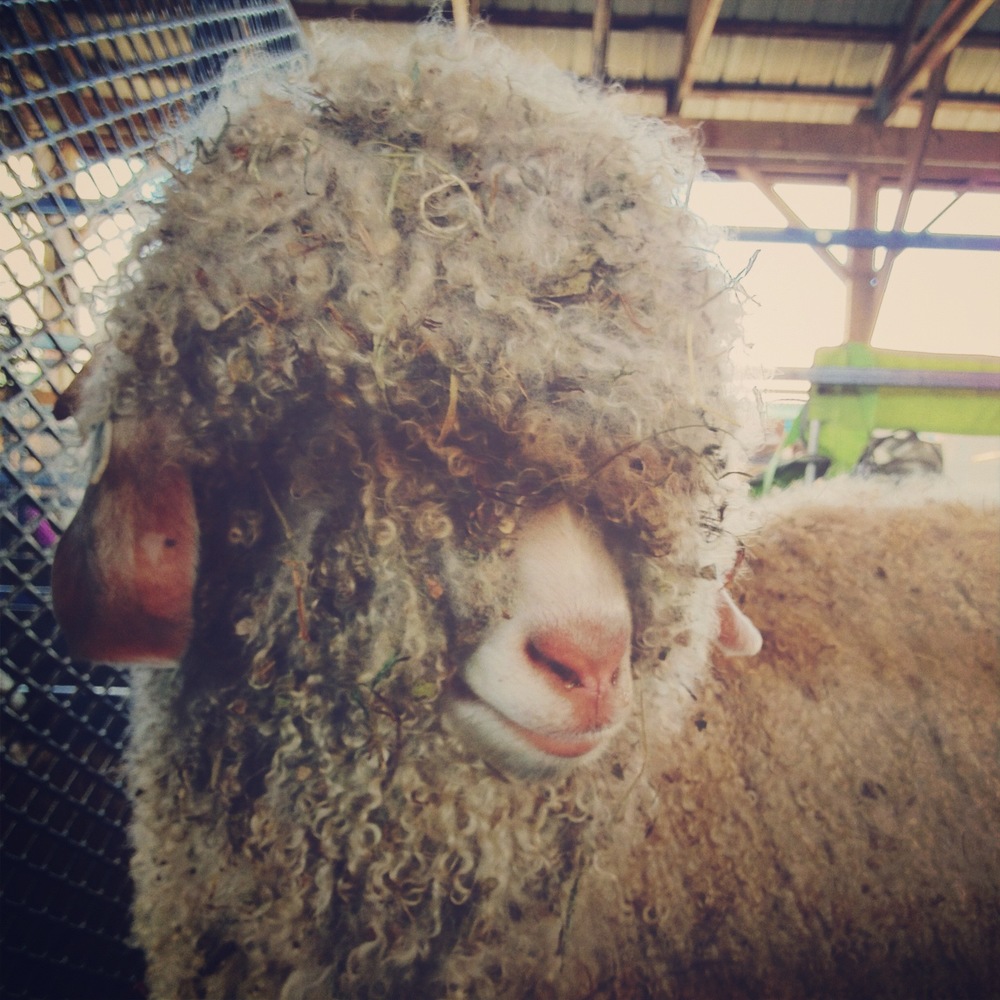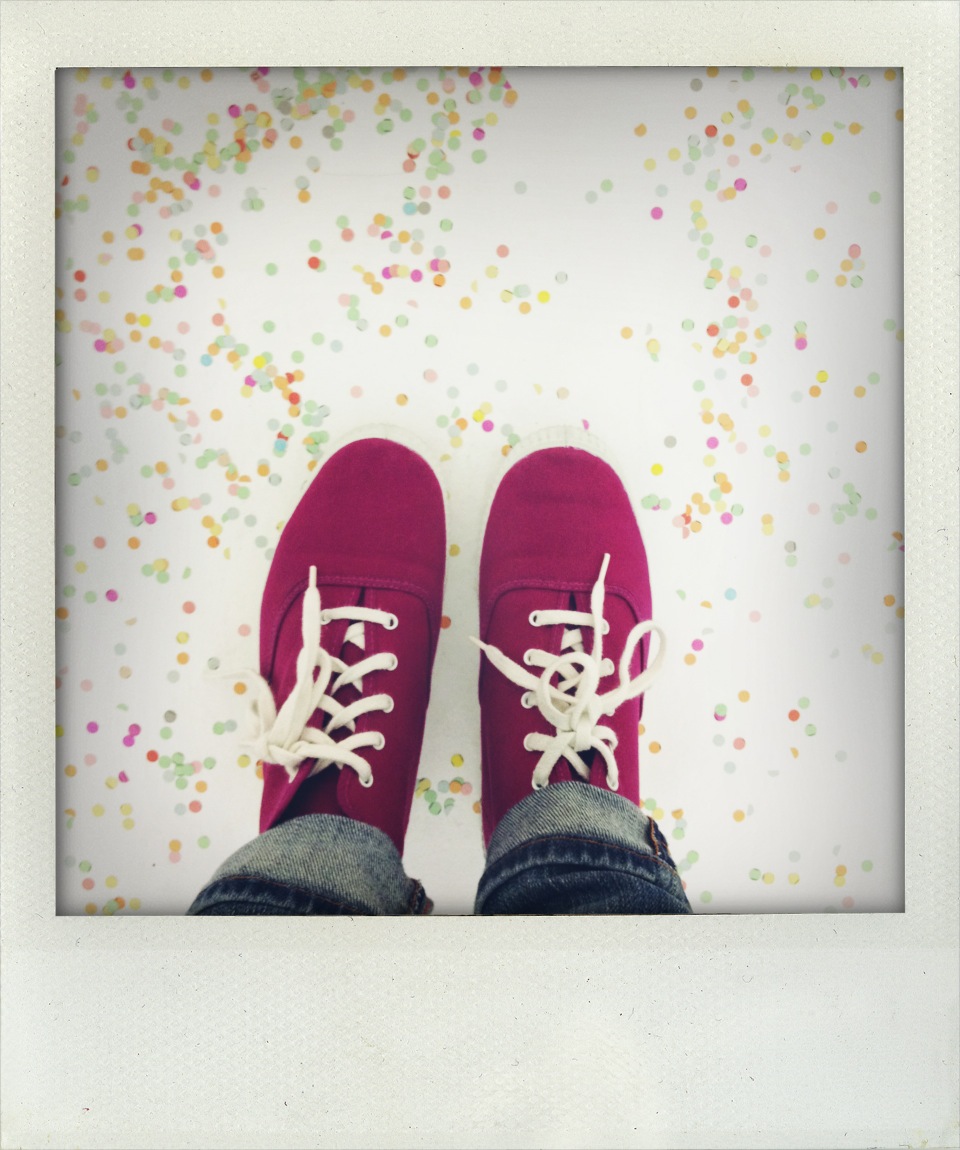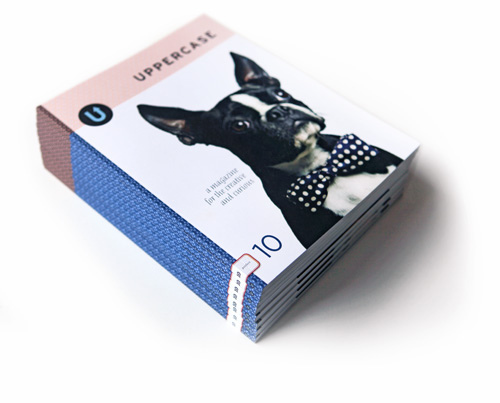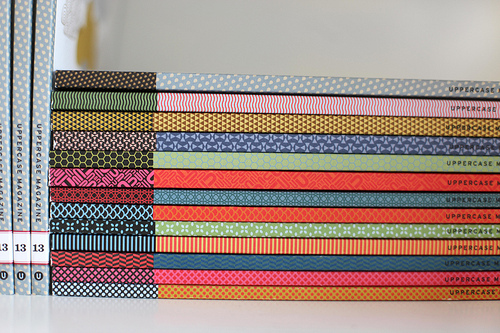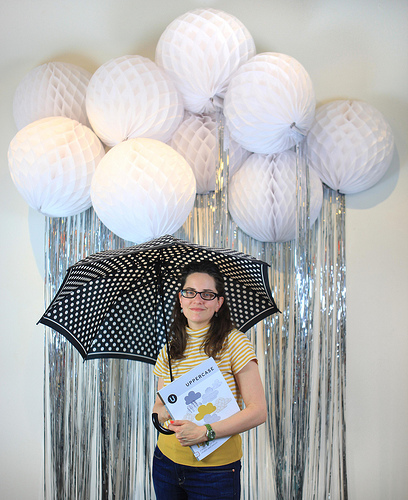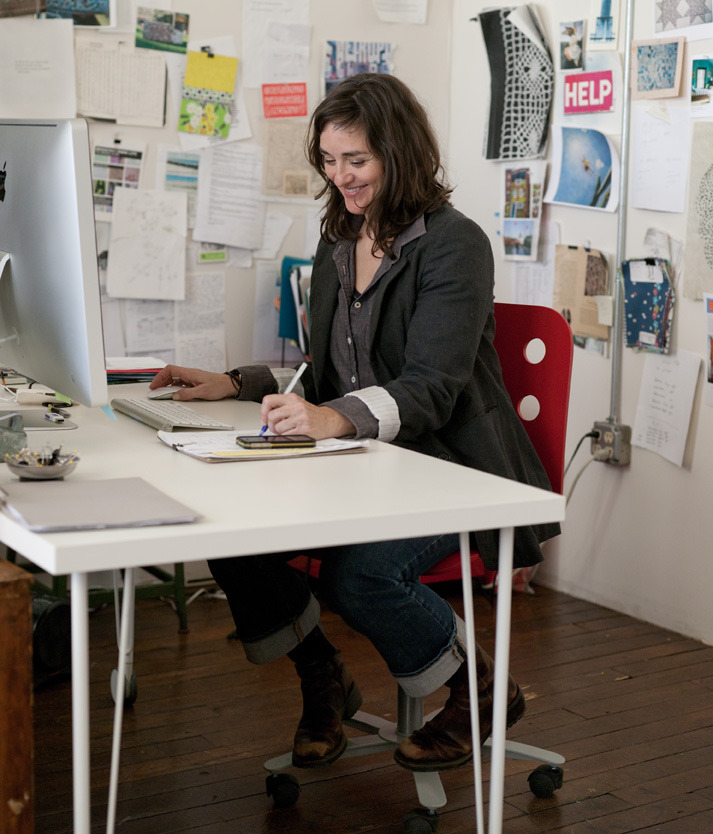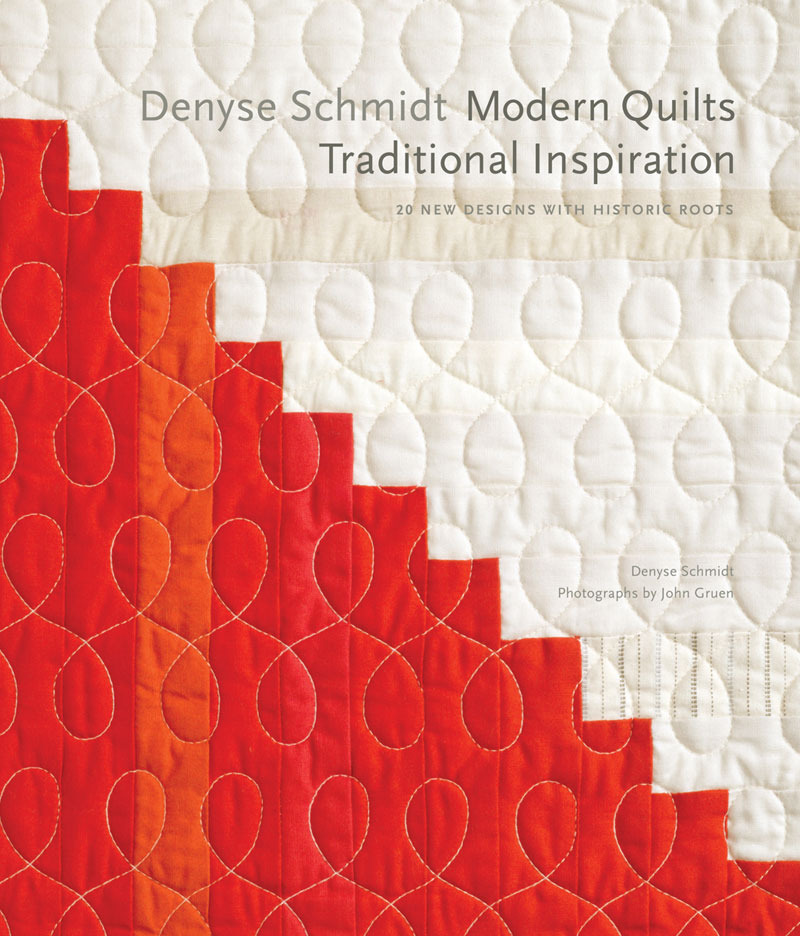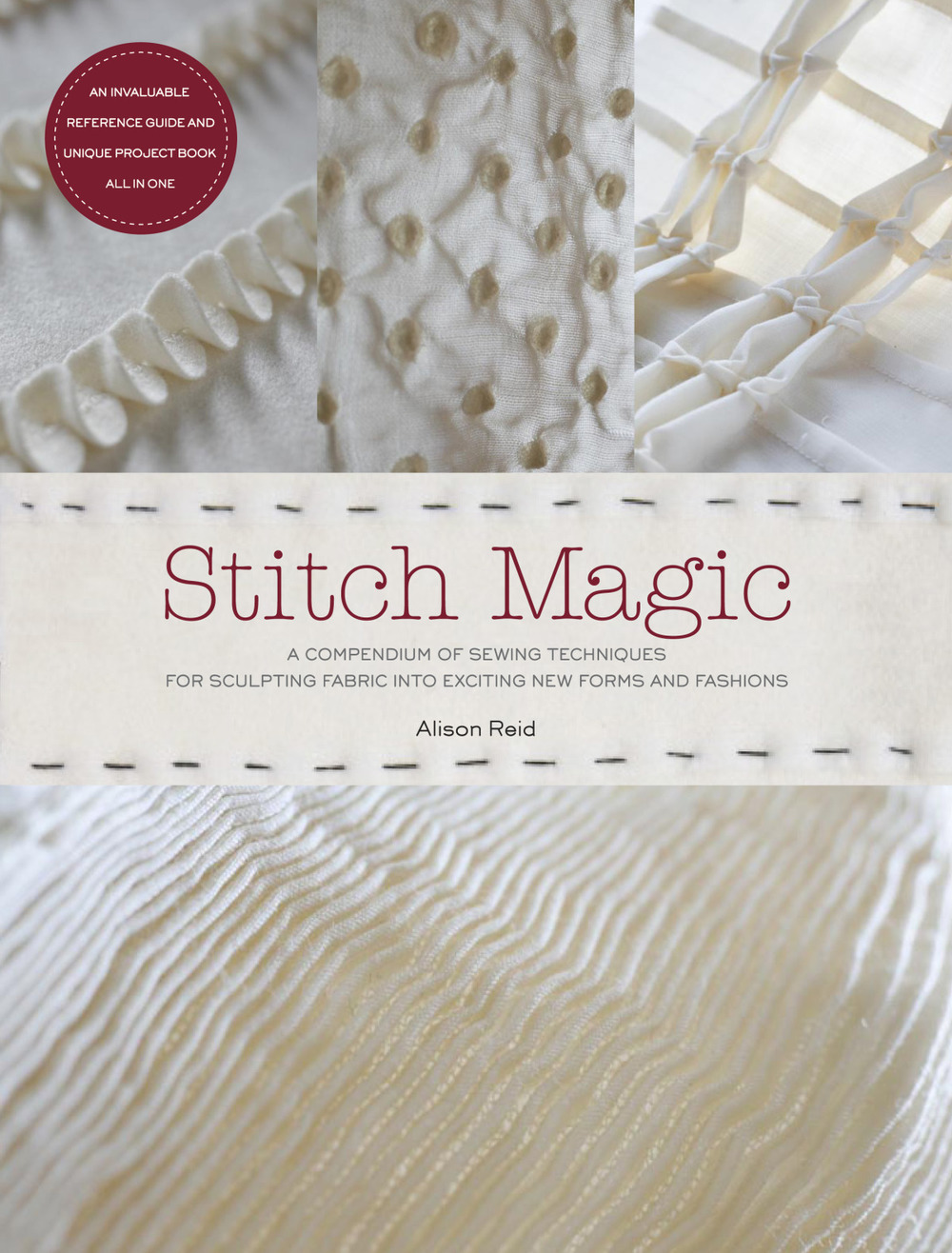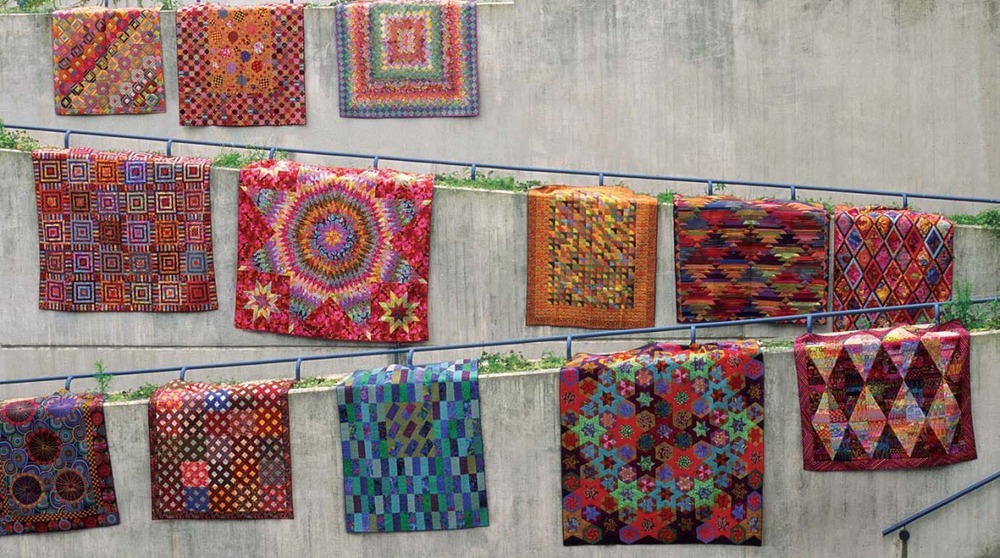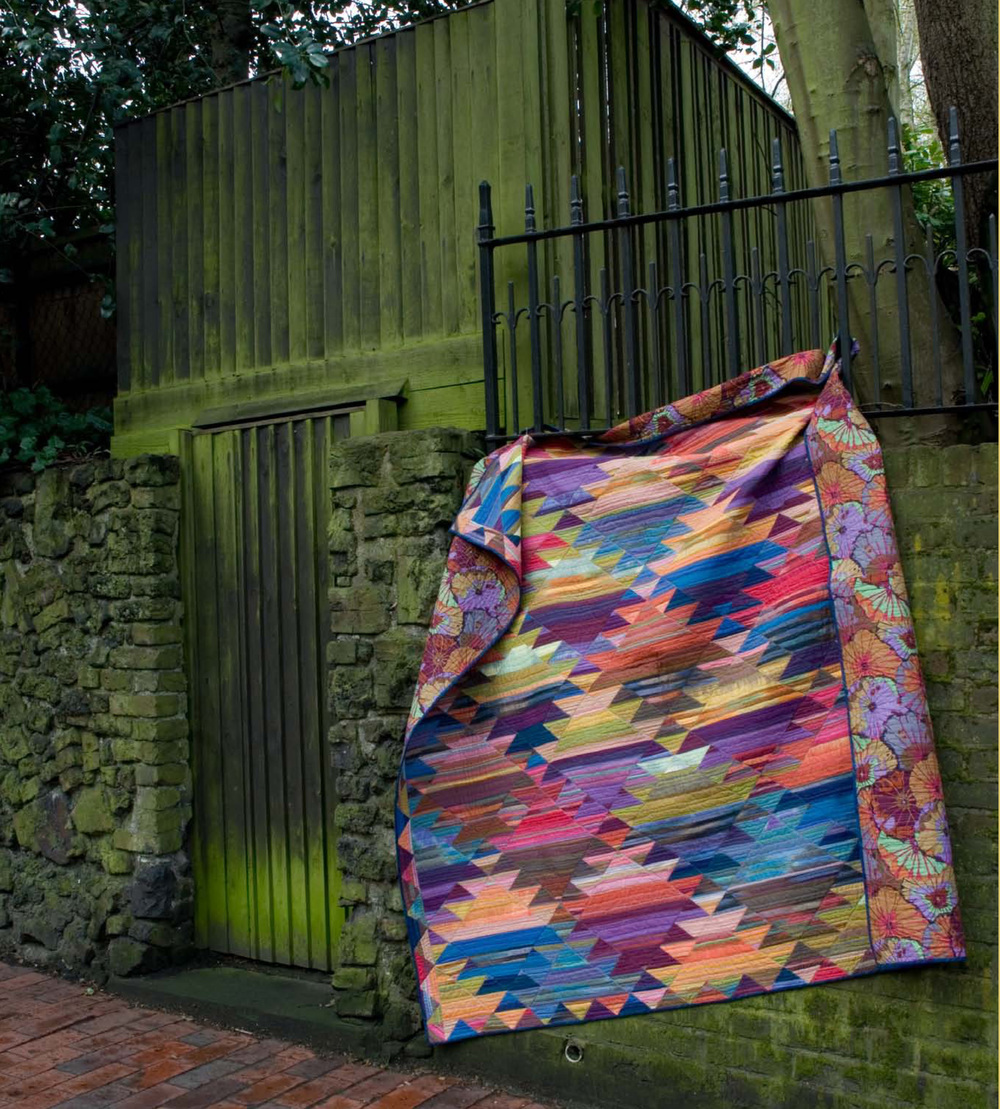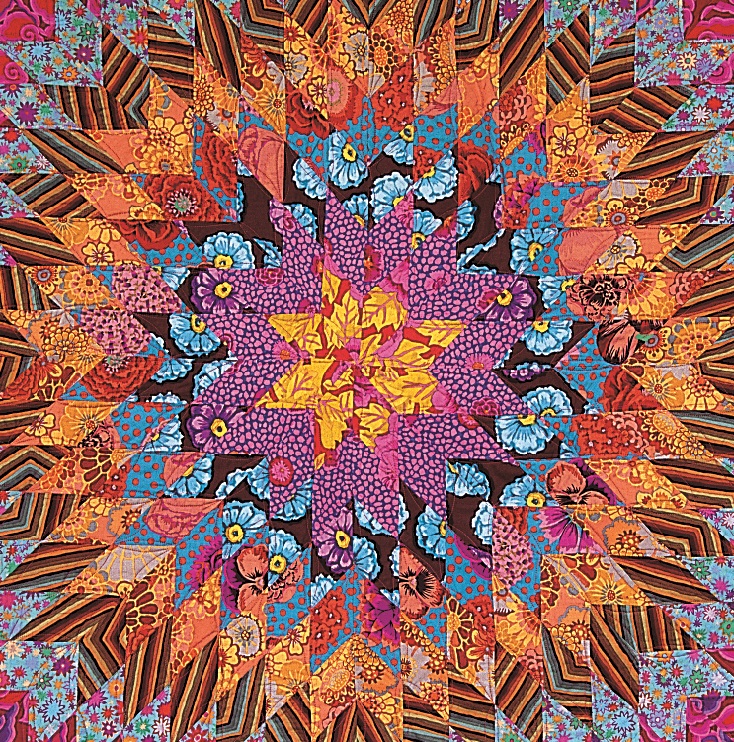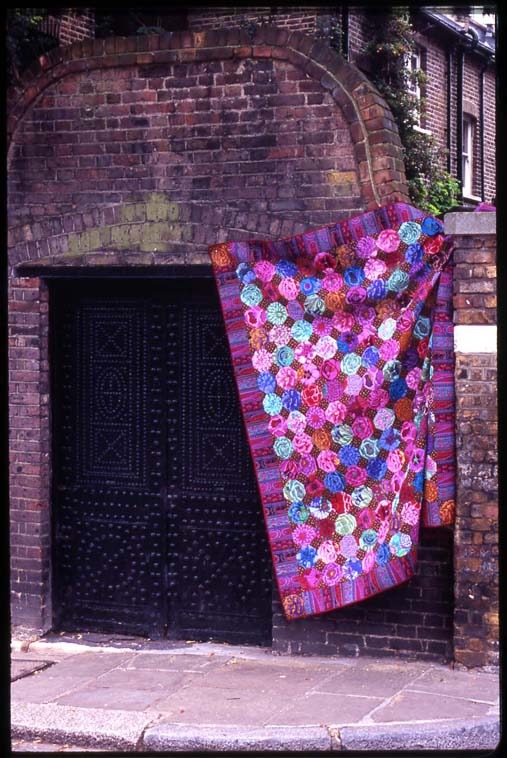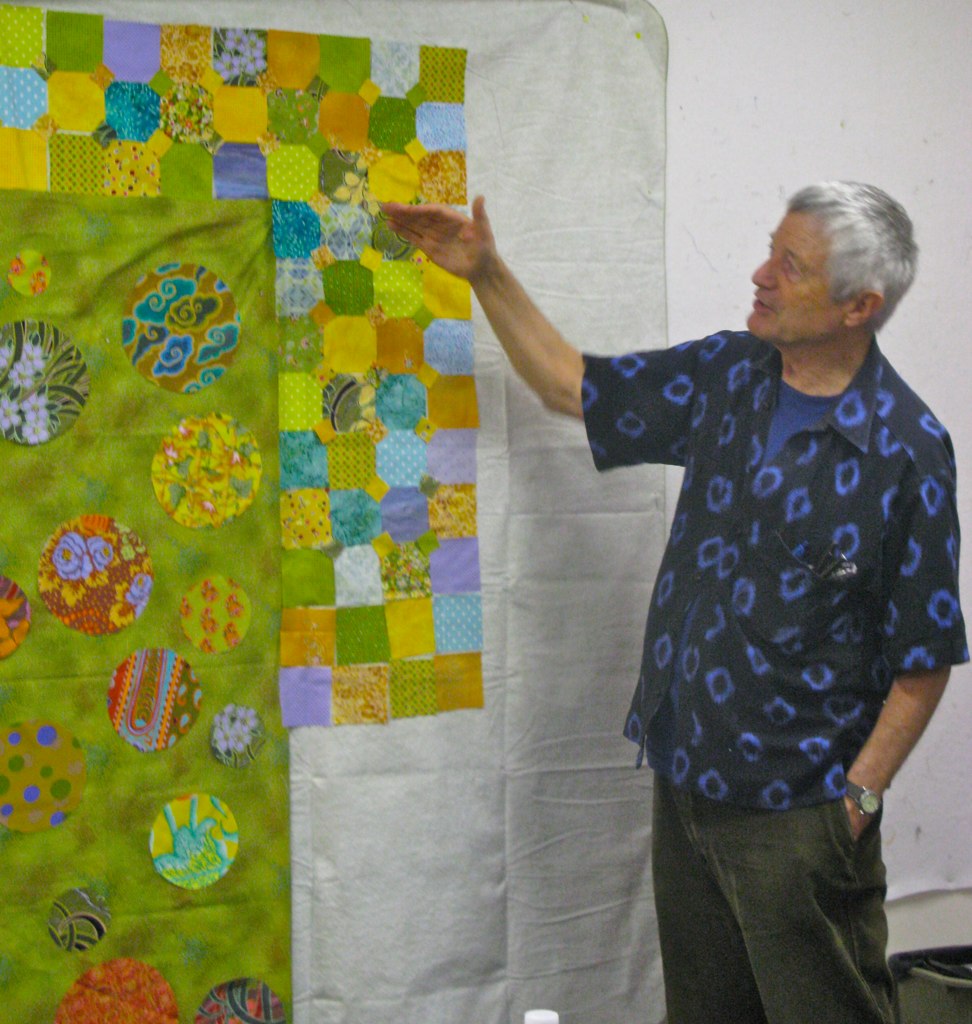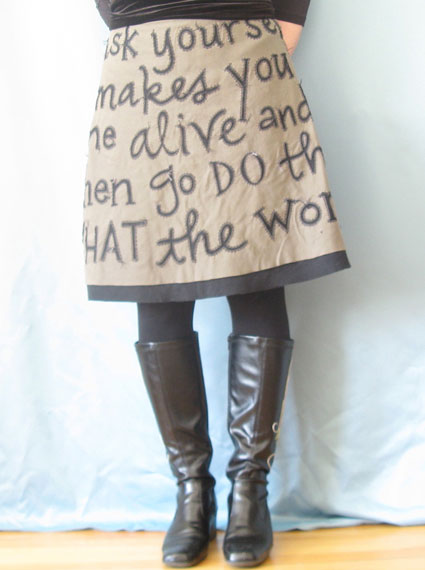In honor of Small Business Saturday, we visited A Verb for Keeping Warm, Kristine Vejar’s store, teaching space, and natural dyeing studio and garden in Oakland, California. A peek through Verb’s glass door (tucked between a no-frills cupcake shop and a bicycle-friendly cafe) reveals a lofty, light-filled space packed with yarn, fabric, sewing notions, books, patterns, tools, clothes to make yourself, and signs of life in every corner—but calling this a store visit would barely scratch the surface of what we learned. We found instead a hub of scholarship, activism, and community outreach cloaked in laid-back, Bay Area informality, and a powerful example of a person living by her values.
Read on for a Q&A with Kristine Vejar, the author of The Modern Natural Dyer—along with a deep dive into giving gifts and giving back, a few recommendations, and other thoughts on small business as we head into the holidays.
For Small Business Saturday, what’s the secret to staying solvent as a small business? Are there any mistakes that you’ve made, or what would you say to someone starting out?
When it comes to Small Business Saturday, and shopping, and what have you, it’s interesting that I have a retail shop because I don’t enjoy putting pressure on people to buy things. It’s been an ongoing challenge to myself to honor what I believe, while also knowing that it is a time for a business to make money and that I do have these lovely employees who deserve to make money—so the question becomes how to bridge this quandary.
Last year we turned a corner, which felt right—we donate a percentage of our profits to a nonprofit called Global Glimpse. They’re based in Oakland but they have programs in the Bay Area, New York and Chicago, and they’ve created study abroad programs in Ecuador and Nicaragua and the Dominican Republic. They believe any kid who wants to study abroad should not be held back by socioeconomic constraints. Global Glimpse works on raising money to help fund and create scholarships for high school students to be able to go to those countries.
My own experience studying abroad has been so impactful on my business—placing equality, women’s rights, diversity, the discovery of textiles and what a role textiles play in those cultures front and center—making Global Glimpse a natural bedfellow for us. It feels really authentic and genuine and I feel good. “Ok, people do want to buy gifts. People are very excited to come out and to support small business, but we get to take a percentage and pay it forward.” It makes it easier for me to deliver a marketing message.
For me and Verb, I desire to earn money and pay it forward, to pay my employees a living wage (especially challenging living in the Bay Area), while also honoring the customer and giving back to them.
The current habit is for businesses to offer discounts at this time. As a small business it’s a little hard because you are running on such slim margins, but I also get it. So we also offer discounts as a gift to people.
What I would say to people starting out in a new business is you really have to be able to honor what your business can afford. Be cautious, because it can be easy to get caught up in what you’re seeing online, and then you start working outside of what is actually affordable for you. Be careful to support your business. Write and think about ways in which you can creatively honor authenticity and what you can afford.
I do have to say that a big key to Verb’s success was doing a number of holiday shows for those first three or four years. It was hectic and crazy, but we did everything from really small shows—from setting up a little table of natural dyed fiber and yarn in someone’s weaving studio—to Bazaar Bizarre, a larger-scale craft fair. At this point there are so many different types of craft fairs that you can choose from as an entrepreneur and business owner, but getting your product out in front of people and seeing their responses and hearing from them, and starting to cultivate relationships and friendships around that—to this day we’re still in touch with those people and they’ve been along for the entire journey with Verb and I consider them very dear friends. I’m honored to have been alongside them and their creativity, and to work with them.
What are you hoping to get for the holidays? What are you planning to give?
I hope I get to make a homemade meal with ingredients that I feel like have been very thoughtfully grown, and contribute to farms that are working so hard for the environment and for people.
In terms of giving that’s also a really tricky one. I have to say there’s kind of the sense here of the cobbler that has no shoes, where working retail—the saturation level and all of the time we constantly spend marketing—means it’s hard for me to stomach walking into other retail. It’s very intense. I do enjoy going to West Coast Craft. A lot of friends and customers are vendors there. I tend to go and purchase things from them to give either to myself or to others, so I look for opportunities where I can keep “the flow of currency” local and giving to those who have also supported Verb.
But we don’t have any kind of Christmas list—[Adrienne] wants more time to mushroom hunt.
Can you do that here?
Yes. Well, especially when it’s raining she’s dying to go out and I’m like “YOU HAVE TO KEEP WORKING.”
Adrienne: I agree, foraging is one of my favorite pastimes and is priceless, absolutely priceless.
Remember what I got you last year? It’s actually in New York and they’re not open anymore right now, they have a pop-up in Cooper Hewitt. They’re this amazing—I believe they’re a couple—and they travel around the world and they collect small editions of objects and then they write amazing descriptions (like a storytelling type of situation), around the object and who made it, and how they captured it and cultivated it, and then they sell small amounts of it. They had a show at PS1 with this little kind of pop-up. But they had this amazing Scandinavian mushroom knife . . . was that what it was?
Adrienne: Yes. It was made from the local birch and then either reindeer horn as an accent . . .
Yea, it was beautiful. So that’s like the kind of stuff I look to buy for someone and then . . .
Adrienne: Yea, really choice items that are [too] hard to find.
What would you recommend from A Verb for Keeping Warm as a gift for the beginning natural dyer?
In the world of crafting, the way that I—and I think a lot of my peers—have viewed it is that knitting is the gateway drug to [other fiber arts]. Not sewing necessarily, sewing is like its own little world, but in terms of yarn-related crafts like knitting or crochet, people learn this first, and from there you have people who go into spinning, and who go into natural dyeing. That has been steadfast in my mind. And so when I did my book I was thinking well, I’m going to be very explicit about fiber types and treat people as if they’re just learning for the first time, but really I'm thinking that you’ve come to the table with these other things under your belt and you’re going be able to hang with me pretty fast about what I’m talking about, when really—and I think what [editor Melanie Falick] was trying to push me towards—was that natural dyeing could possibly be someone’s first fiber-related craft. Which I found mind-blowing! And that has actually been the case.
I wanted The Modern Natural Dyer to be as beautiful as possible so it would inspire people—everyone from the armchair dyer who just wants to learn more about natural dyeing, to those who are ready to dive in, to those who are practiced natural dyers and want to learn and practice my style of dyeing.
Here are a few kits we created to accompany The Modern Natural Dyer:
- For a knitter, The Northwoods Hat Kit
- For a sewer (a little sewing kit that you can sew yourself), the Flowers at My Fingertips Kit
- For someone who doesn’t know how to knit or sew, the Sock Hop Kit
Here are a few kits great for knitters who would like to work with naturally-dyed yarn:
- As long as you know how to join in the round, and you know a knit and a purl stitch, the Verb x Quince Northwoods Cowl Kit
- Again, super easy, as long as you know how to knit and purl, and knit in the round, the Evening Fog Cowl Kit
- As long as you know how to increase and decrease, all knit and purl, Simpatico Wrap Kits
- With designer Thea Colman, a sweet little introduction to faire isle, for someone who wants to try it, the Anchor Steam Hat Kit
How about some gifts that are very unique to Verb?
Adrienne and I recently visited Oaxaca and we brought home some goodies to share: natural dyes like cochineal, pericon, and indigo. Cacao trees grow there, and they grind the chocolate right there in front of you and make hot chocolate. So we had to bring home Oaxacan drinking chocolate. And we brought home special hand-carved whisks—the same ones they use to make the hot chocolate with. We made three variations of kits called A Love Letter from Oaxaca.
- Different and so cute, and rather inexpensive, A Love Letter from Oaxaca Kit
- The Stowe Bag Kit, features fabric made from US organic cotton—bred by a farmer close to our heart and local to Verb, Sally Fox, and a sewing pattern for a project bag by Fringe Association and Grainline Studio.
We indigo dyed some of the fabric and, taking hints and inspiration from the traditional Japanese techniques of boro and sashiko, created this kit. This is a fun way to work with naturally dyed materials and make something truly unique.
- The Dye-It-Yourself Eco-Printing Kit: Table Linens is easy to make (especially with kids) and is a fun way to add a bit of nature to your table.
This kit would make a great gift in its own right—or dye the linens and give those as gifts!
We wouldn’t think twice about sending Bay Area crafters to A Verb for Keeping Warm, as evinced by the minor spree that happened here. For directions, visit the Brick & Mortar tab on their website.
For more information about Kristine’s book, The Modern Natural Dyer—which was lauded as “sophisticated and detailed” by Library Journal, and both “scientific and creative, as approachable as it is beautiful” by Design*Sponge—click through the slideshow below.
